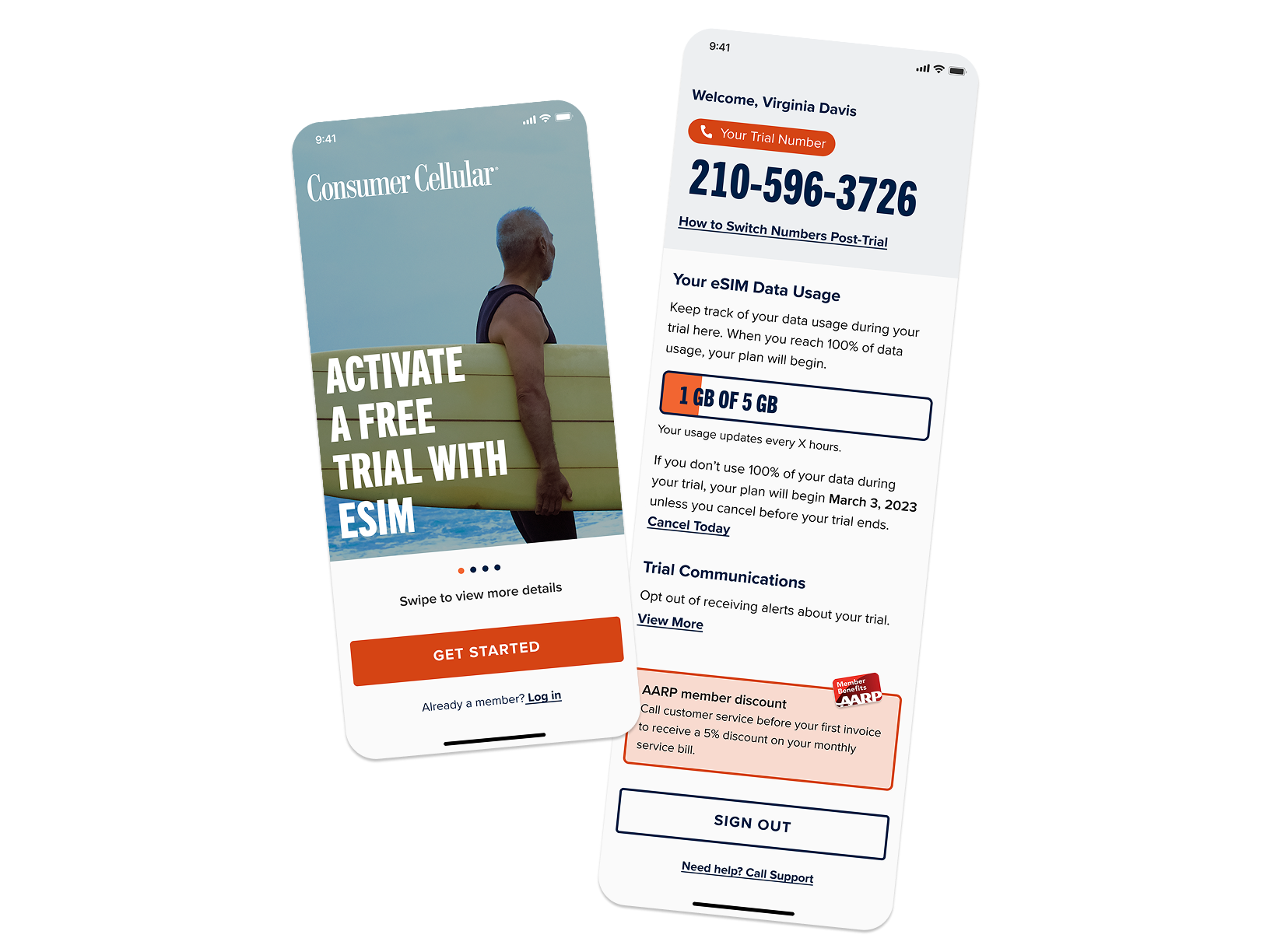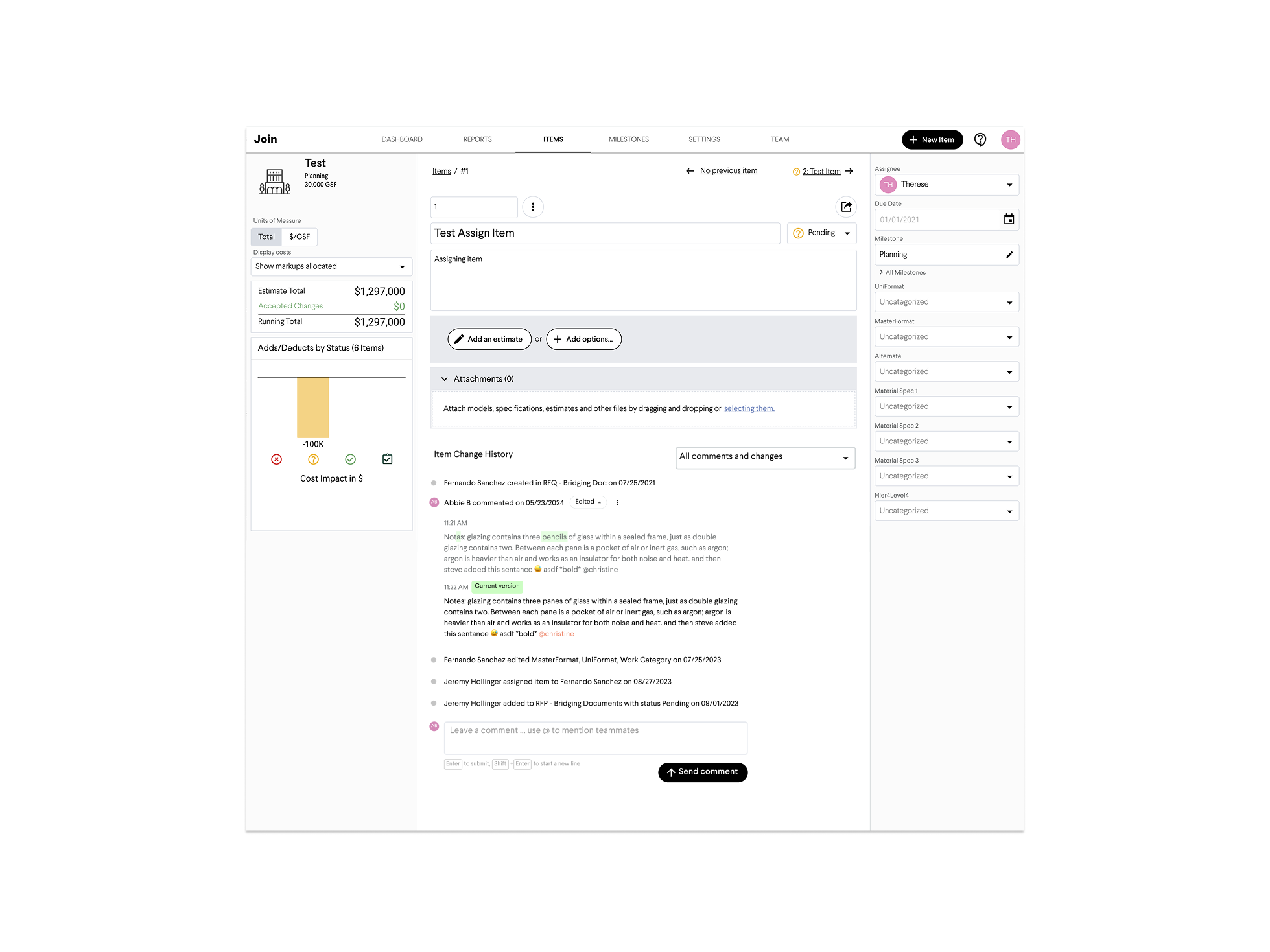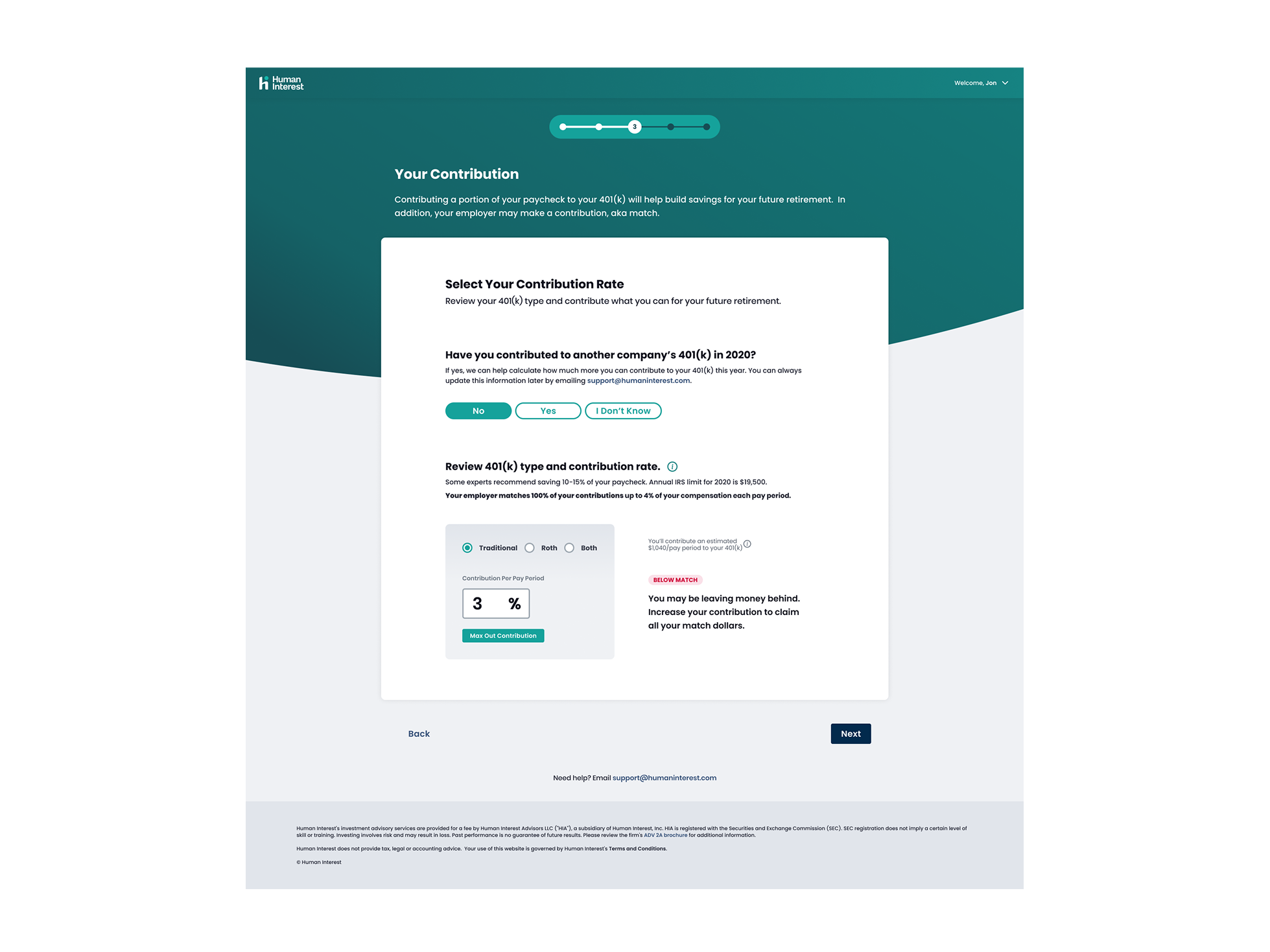Overview
Juvo is a San Francisco based fintech company partnering with mobile network operators (MNOs) in emerging markets to provide lending services to their prepaid population. Juvo Dashboard Segment Services is a product Juvo provides MNO marketers so they can obtain data on their userbase and take various actions to increase adoption and retention.
Time Frame: 3 months
Team: 1 Product Manager, 1 Data Scientist, 1 Data Engineer, 2 Software Engineers, 1 QA
My Main Role: Product Designer
My Additional Role: User Researcher Tools: Sketch, InVision, Zoom
Problem
The process for marketers of obtaining data on a user to understand if they qualify for higher tiered services is a long and arduous endeavour involving data and fraud teams at an MNO. Stakeholders wanted to streamline this process and had visually designed a prototype, but lacked confidence in the solution.
Solution
A research based Segment Services MVP that allows marketing teams to segment and prequalify their userbase.
Process
User Research: I spearheaded research sessions with 6 end users to understand their behaviours, painpoints and process obtaining data on a userbase and running a campaign on them. I also took the opportunity to test our initial Segment Services prototype.
Findings
• There is a lot of back and forth between data and marketing to prequalify and segment users
• Misunderstanding of our segmentation tool as a data analytics tool
• Confusion and frustration around over-engineered content in filters
Takeaways
• Our product needs to reduce the back and forth between teams
• Our segmentation tool needs to map to users cognitive model of a segmentation tool
• Users want the language of a complex product to map to their everyday language
Success Criteria: After research, I realized the new design would have to answer several questions.
• How can our product map to other segmentation tools commonly used by MNOs?
• How can users understand the language of our filters easily?
• How can users input filters quickly to create a segment?
User Journey and Task Flows: I sketched out the current user journey to help me understand what actions the user needed to complete their end goal. Those actions would need to be available within our product. From there, I developed the new task flow that would influence the MVP of our product.
Competitive Analysis: I led a competitive analysis of the segmentation tools our end users currently use to understand how our product could map to theirs.
Content Remodeling: I renamed and reorganized the filters so users could understand them quickly.
Low-fi to high-fi sketches and flows: I brought together my research, initial flows and new content to explore different solutions in how the dashboard could reflect a segmentation tool and how users could input filters seamlessly.
High-Fi Prototype: I created a prototype to communicate the user interactions to internal stakeholders.
Design system: Lastly, I developed a basic design system on Zeplin to communicate the specs of the design to the front-end engineer for visual consistency.
Learnings
• Recruiting end users for a B2B product is far more difficult than a B2C product because they have limited availability.
• The state of the business relationship will affect end user recruiting.



